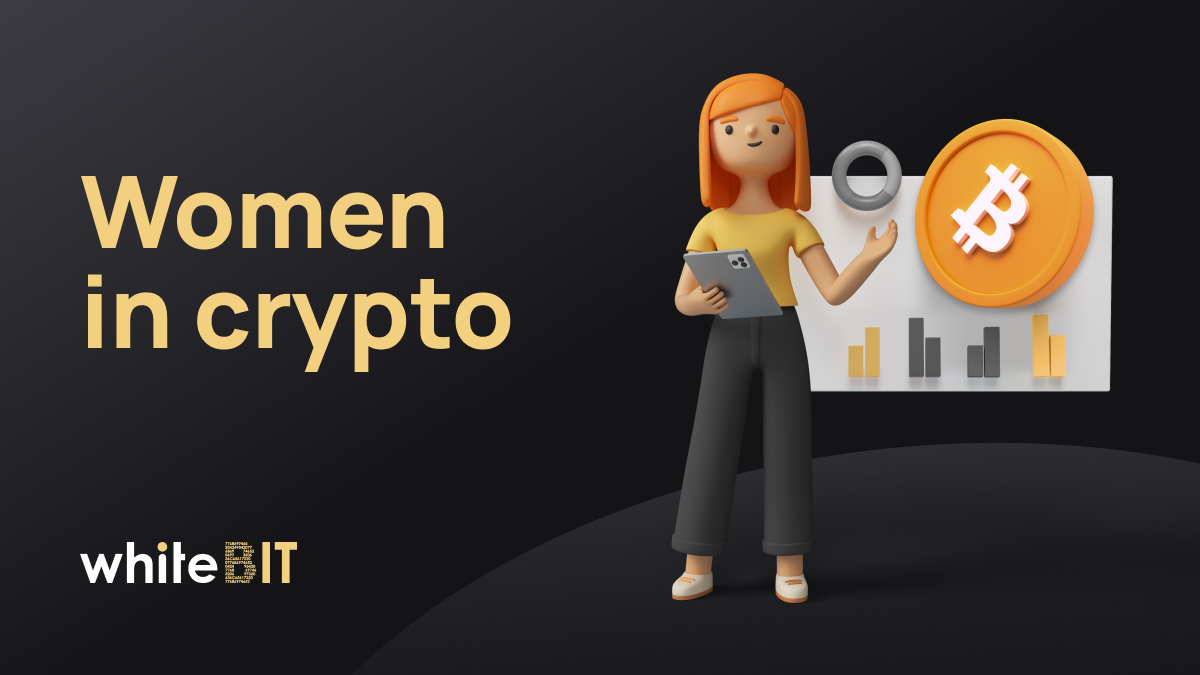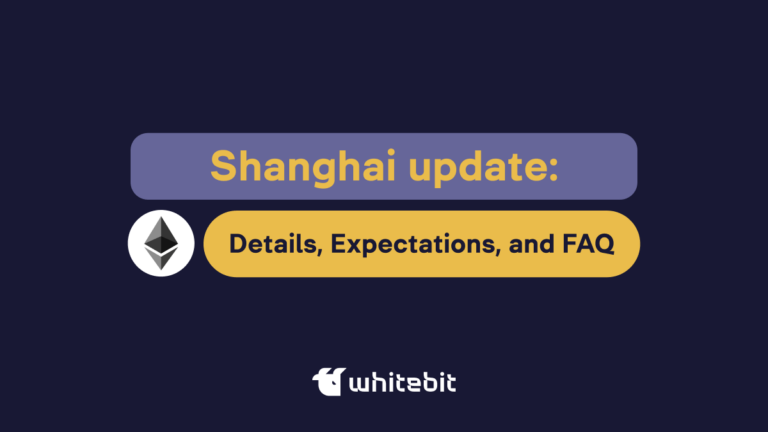Are We Ready That the Smart Internet Will Change Our Lives

Content
Web 3.0 definitely has its pros and cons that everyone should consider. WhiteBIT and WOO Network have prepared an overview of the advantages and disadvantages of smarter and more open websites and applications.
The internet has changed the way we live, but the internet itself is rapidly changing and constantly evolving. In the first article of this series, we looked at the evolution of the World Wide Web from Web 1.0 to Web 3.0, in which we found out that Web 3.0 is a mixture of the internet and blockchain. The technology quickly aroused interest among venture capitalists, cryptocurrency investors, and lobbyists, as blockchain helps circumvent large corporations’ monopolies in today’s information society. The main feature of Web 3.0 is that it allows you to eliminate the information monopoly, but is it really so?
Jack Dorsey, founder of payments company Block (formerly Square) and former CEO of Twitter, claims that, contrary to popular belief, ordinary people will not own Web 3.0. Instead, venture capitalists and financiers will hold the new internet.
So far, we have a good idea to make the internet useful, fair, and just. But like many things in life, it takes funding to make an idea a reality. It is the moment where cryptocurrencies come into play. Like the idea of a decentralized internet, cryptocurrencies have also become a democratic ideal. Since the appearance of the first digital asset — bitcoin — they have offered a solution for money transfers without external control. One of the problems with Web 3.0 is that anonymous crypto whales can simply replace corporations like Google or Facebook (now Meta).
To understand how the new internet works, you need to understand the data it runs on and the communication system between them. This system is called the Semantic Web. The new technology provides search and consolidation of information by labeling and categorizing content stored in distributed interconnected databases.
Let’s give an example: the English word “Apple” can have at least two meanings — a fruit or the company that created the iPhone. Semantic technology combines artificial intelligence with natural language processing (Natural Language Processing, NLP). The network analyzes the many contexts in which the word “Apple” is used, and machine learning captures the options for linking the meaning to the terms. Thus, a Web 3.0 search engine is more likely to “understand” whether you want information about a fruit or a new company product.
The Semantic Web is complex and has many barriers to its implementation on the modern internet. They are mainly related to the massive amount of data that needs to be analyzed for the system to work without failures. On the other hand, questions may arise about the reliability of the sources and validators of this data.
It took more than ten years to move from Web 1.0 to Web 2.0, and it will take the same or more to fully define, create and find a suitable application for Web 3.0.
After analyzing the many pros and cons, we can highlight the following advantages and disadvantages of the technology at this stage of its development:
Advantages.
- The Semantic Web will help improve search engines and make web pages more productive.
- Web 3.0 has a high degree of personalization — from design to work with it.
- The new internet is expected to be more reliable.
- Large enterprises will no longer be able to control your data and the information you receive.
- Information sharing is expected to become even easier.
Disadvantages.
- Web 3.0 is energy-consuming and will become inaccessible to owners of less advanced gadgets.
- Technologies, including security, are just beginning to develop, which means that Web 3.0 will have a lot of trial and error.
- Web 3.0 is difficult to regulate — there is a risk of increased cybercrime and online abuse.
- There are concerns about the security of personal data because it will become even easier to store and transfer it.
Web 3.0 has the potential to change the web experience for everyone completely. The various use cases for Web 3.0 focus on how new technologies can eliminate inefficiencies in the ownership and exchange of digital data and assets, including cryptocurrencies. Innovations such as DAO and DeFi, which we discussed in the previous article, are already in active implementation by many companies, including WOO.
In addition to the article, we inform you that a quiz on a series of articles about Web 3.0 starts next week. The winners of the contest will be able to receive a unique NFT from WOO and WhiteBIT.








